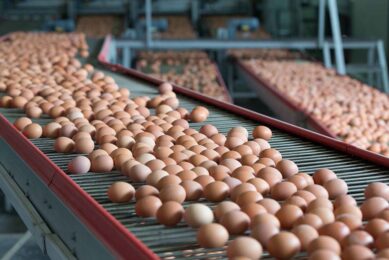New study: Understanding egg allergens
A review, published in the Journal of Agricultural and Food Chemistry, looks at recent advances in understanding egg allergens and how to develop hypoallergenic egg products.
Egg-derived components are widely used in the food industry, particularly in processed foods where they are often used as emulsifiers or gelling agents. However, egg allergy has an estimated prevalence of between 1.6 per cent and 3.2 per cent making it the second most common cause of food hypersensitivity in children. In some industrialised countries, it is thought to be the most prevalent food allergy among children. The cause of the problem, like most other food allergies, is protein, present mainly in the egg white. The main culprits include ovalbumin, ovomucoid, ovotransferrin and lysozyme.
Hypoallergenic egg products
A number of studies have looked at using food processing methods to reduce egg allergenicity without compromising the functionality of the product. One process is thermal processing, which is normally carried out to enhance texture and flavours or to guarantee microbiological safety.
Other processes explored by researchers include radiation technology and novel food processing methods, such as high pressure and pulsed electric field.
Detecting egg allergens
The review said analytic methods for the detection of egg and other food allergens should provide specific, sensitive, and rapid analyses. Methods include diffusion-in-gel techniques, antibody-based methods, electrophoretic and blotting methods, and the use of polymerase chain reactions.
Immunotherapeutic approaches
Research has led to an increasing understanding of the relationship between intestinal microflora and immune disorders, and probiotic bacteria have been found to provide immunomodulatory capacities.
The advantages of using prebiotics in parallel with probiotics have also been explored, using ovalbumin as surrogate allergen. Additionally, antioxidant compounds naturally present in foods may also have similar effects in favour of allergy inhibition.
Related website:
Journal of Agricultural and Food Chemistry
Subscribe here to the free poultry newsletter
Join 31,000+ subscribers
Subscribe to our newsletter to stay updated about all the need-to-know content in the poultry sector, three times a week. Beheer
Beheer








 WP Admin
WP Admin  Bewerk bericht
Bewerk bericht